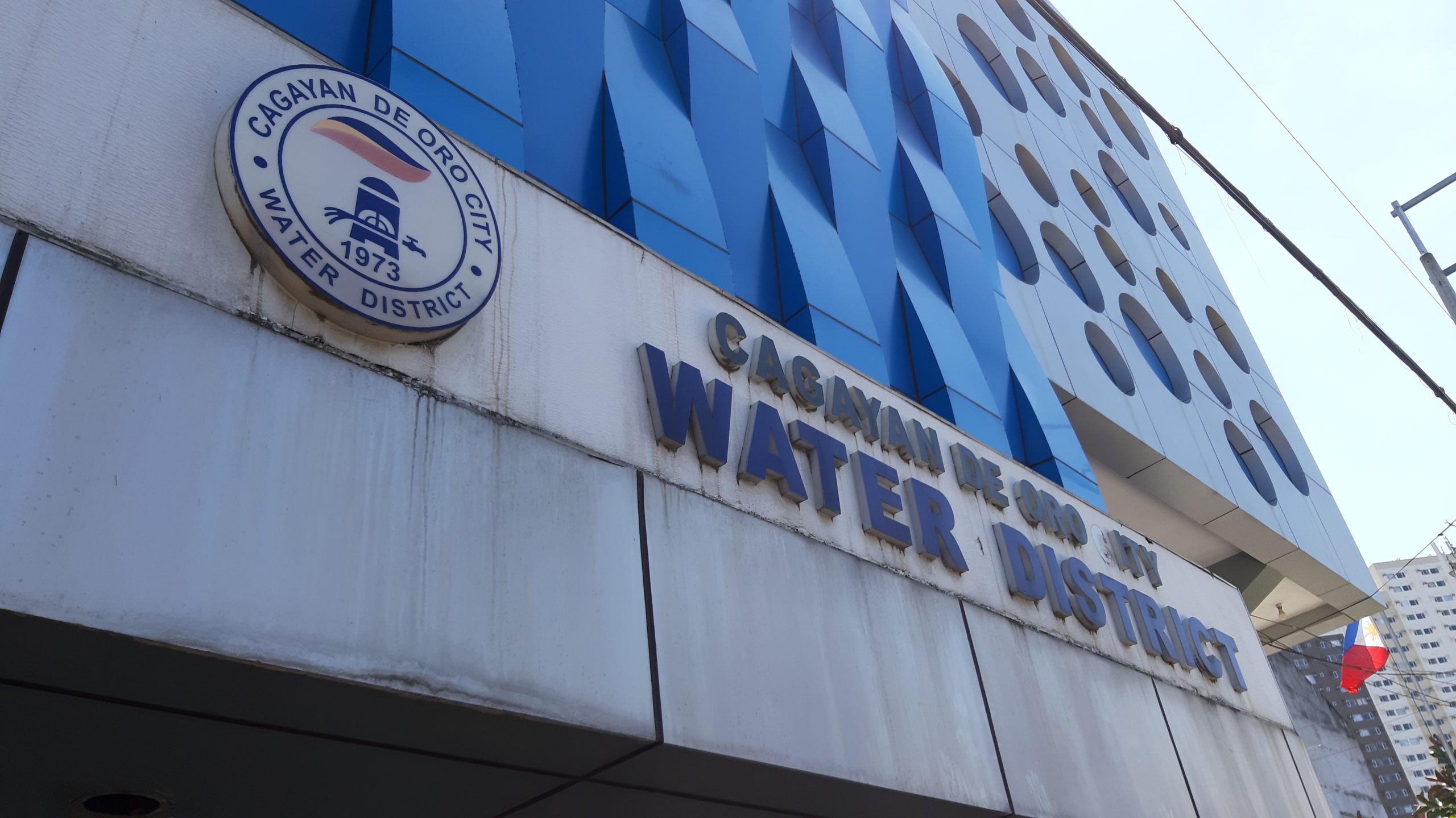By MARS GUIBONE,
Contributor
PROJECT-BASED Learning (PBL) is a teaching method in which complex real-world problems are used as the vehicle to promote student learning concepts and principles as opposed to direct presentation of facts and concepts. It can promote the development of critical thinking skills, problem-solving abilities, and communication skills. It involves not just one teacher in the planning but two or more, working collaboratively for a common project or product.
To help teachers do PBL well, a gold standard is set. Whatever form a project takes, it must meet these criteria to be a Gold Standard PBL: 1) Key Knowledge, Understanding, and Success Skills; 2) Challenging Problem or Question; 3) Sustained Inquiry; 4) Authenticity; 5) Student Voice and Choice; 6) Reflection; 7) Critique and Revision; and 8) Public Product.
When PBL was first introduced to the teachers in Corpus Christi School I immediately resonated with its underlying principles. I was open and eager to learning and implementing it. Rising to the challenge, I tried to implement it ad experimentum in Grade 5, with Science as the core. It was titled ”Tanim Ko, Alaga Ko, Ani Ko” in connection with the Nutrition Month theme in 2018 which was ”Ugaling Magtanim, Sapat na Nutrisyon, Aanihin.” From that, PBL as part of teaching in Corpus Christi School started.
As experienced, PBL is exciting and meaningful for both teachers and students. It starts with a brainstorming meeting with all the teachers in a grade level (if agreed to be by grade level). There are two crucial elements in this meeting: the proper understanding of the concept, and the discussion of the details of the project based on the abovementioned criteria. The identification of Key Knowledge, Understanding, and Success Skills is fun and filled with discoveries. It is fun discovering where and how each of the subjects can connect and contribute to the attainment of the goals of the project. In this Grade 5 PBL, knowledge and understanding related to Planting, the Scientific Process, and Nutrition are identified for Science. Preparing the soil-vermicast ratio goes to Math, timed with their lesson on Fractions. Araling Panlipunan relates the project with Livelihood and Entrepreneurship. English looks into the writing and speaking dimension as producing a write up is part of the output and culminates with a public exhibit where the students present the whole project. In Filipino, the students make promotional brochures written in Filipino. Values Education takes care of the self-reflection part. In HELE, they cook a dish using their produce. Hatching is taught in Art, so they apply the said skill in making the cover design of their write up. After their write-ups are checked and collated they type them during computer class. Here they apply their skills in using Microsoft Word.
On the part of the students, PBL starts with an entry event. The purpose is to draw out the problem, formulate the driving question, and plan and schedule other details that they do by themselves. With this, the project becomes “theirs”, not something they just “do as told”. They build upon each other’s answers and ideas to create the whole picture, thus giving them the choice and the voice.
After the entry event, the students perform the tasks for every subject as scheduled and planned. In the process, giving the students voice and choice is maintained, inquiry is sustained, and the skills of critiquing and revising are developed. The last thing that the students answer is the self-reflection questionnaire. The time spent to answer gives them the chance to realize how each subject relates and connects. This also gives them the opportunity to value their experiences, to assess their performance, and to be aware of their thoughts and feelings. This helps develop metacognition.
Finally, the students hold and host a public exhibit. Here, they display their outputs and the accompanying pictures of them working on the project. As hosts, they explain to parents, teachers, and students who visit the exhibit the process they underwent and the implications of the outcome of the project. Answering questions from their visitors allow them to sharpen their ability to think critically, and to develop their skill to speak confidently.
That is PBL. That is the beauty of PBL. Hence, PBL, is worth practicing to make teaching and learning more relevant and interesting. (m.guibone@gmail.com)
Disclaimer
Mindanao Gold Star Daily holds the copyrights of all articles and photos in perpetuity. Any unauthorized reproduction in any platform, electronic and hardcopy, shall be liable for copyright infringement under the Intellectual Property Rights Law of the Philippines.














